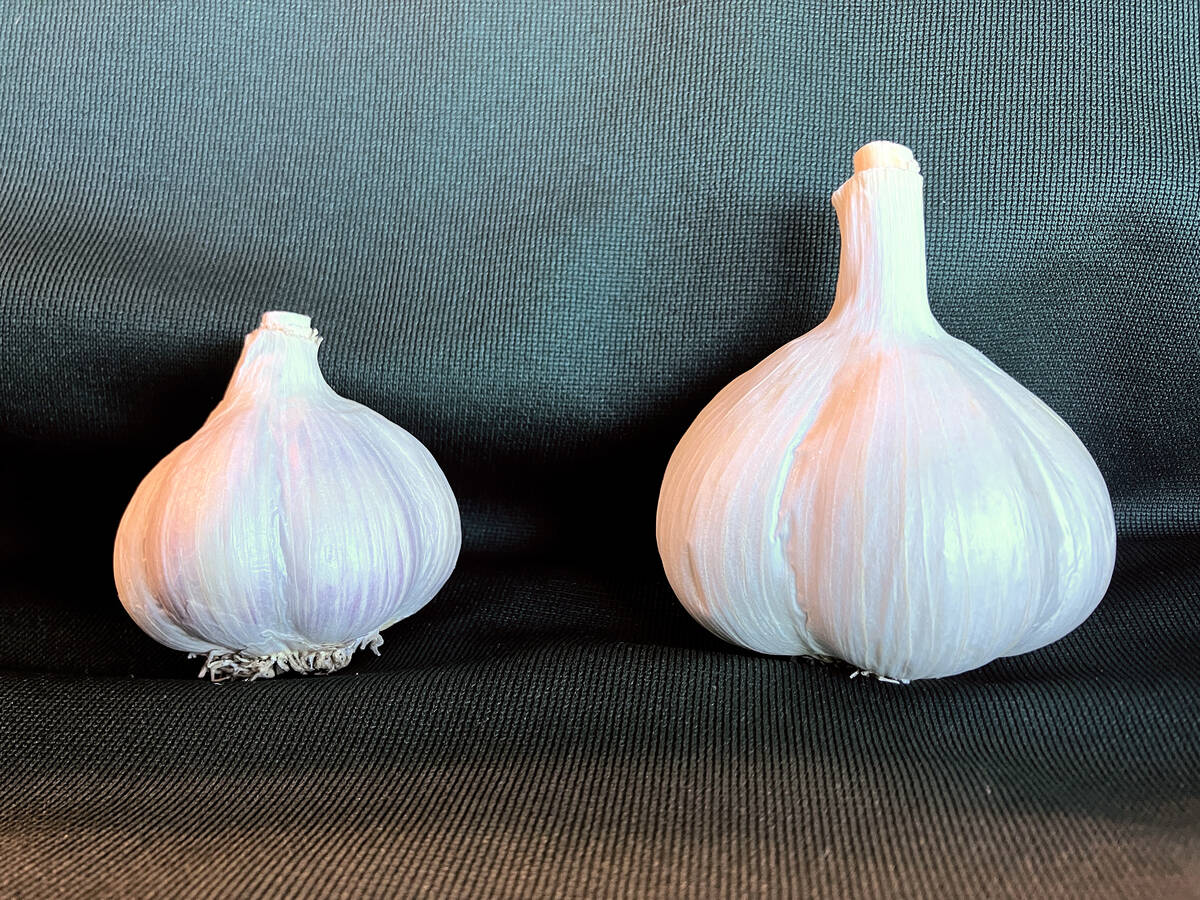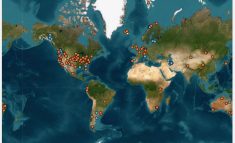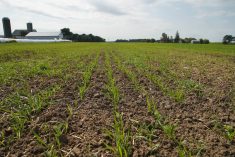Understanding the relationship between nutrient uptake, plant availability and the impacts on yield are a constant research project and growers are in the best position to benefit.
John Lauzon provided his insights on the subject during January’s Southwest Agricultural Conference at University of Guelph’s Ridgetown Campus.In his session, Level 2 Nutrient Interactions, he discussed nutrient movement in soil to the root surface and the impacts on fertilizer management.
Why it matters: Understanding how nutrients move through soil can help growers use fertilizer more efficiently.
Read Also

Clean seed garlic promises bigger bulbs and higher returns for growers
Ontario garlic trials show clean seed outshines conventional yields, with stronger drought resilience, reduced virus risk and greater economic outcomes.
“The means by which it gets there is going to have a big impact in terms of how we manage specific nutrients to optimize the uptake, and in some ways, minimize loss as well,” said Lauzon, an associate professor at the University of Guelph.
He contrasted nitrogen, particularly ammonium (NH4), with phosphorus in the form of phosphates (either H2PO4 or HPO4), noting the latter is the least mobile nutrient in the soil. When phosphates combine with calcium, iron or aluminum, they become part of the soil and are limited in mobility and plant availability.
Lauzon noted the three methods of nutrient transfer: root interception where the root simply grows into nutrients; mass flow, where nutrients move in soil water; and diffusion from high concentration areas to low.
The least influence
With root interception, there’s no control on how the root accesses nutrients. However, there are two important factors: the amount of available nutrients in the soil root zone and the proportion of the soil volume occupied by the roots.
With most annual species, said Lauzon, roots occupy less than one per cent of the A horizon in soil. With corn, it’s 0.5 per cent in the top 20 centimetres and 0.4 per cent in soybeans.
“Root interception really doesn’t account for much uptake, particularly when we relate that to the total amount that the plant really needs. We could forget about root interception and we really haven’t lost that much.”
Mass flow
With mass flow, a growing plant takes up water, most of which is lost via transpiration. But if there’s nutrient in the water, it eventually reaches the root surface in a form the plant can utilize.
Lauzon said it’s possible to calculate a corn plant’s nutrient uptake of N, P and K, and determine the effect of mass flow. What’s needed is the value of the concentration of nutrient in the soil water, amount of N per gallon or litre and the total uptake of water per hectare or acre.
Those values can be calculated, including a corn crop’s uptake of water, which is three million litres per hectare (270,000 gal/ac). At a nutrient concentration of 60 milligrams of N per litre, the corn plant needs 180 kilograms of N per hectare, or 160 lb./ac).
“The rest of the nutrient required reaches the plant by diffusion, which is the movement of ions (including nutrients) from an area of high concentration to an area of low concentration,” said Lauzon. “It’s important to understand what’s happening with diffusion but really, it’s random action.”
It’s particularly significant considering how diffusion affects N and P distribution in the soil. As a phosphate (H2PO4), phosphorus moves at an extremely slow pace, roughly 0.009 to 0.29 mm per day. By comparison, nitrogen, as NO3, moves 0.9 to 2.9 mm per day.
“That means over an entire growing season, phosphorus may move about one to two mm, or 1/16th of an inch towards the root,” said Lauzon.
“N, on the other hand, will move (several) inches. For phosphorus, there’s almost no root-to-root competition because the absorption zone is really small.”
That interaction comes into play when side-banding low mobility nutrients, such as P, into the root system. In a concentrated band, more of the phosphorus stays in the soil water, making it more available.
Some plants, like corn and wheat, have a high requirement for external P during early growth because they don’t have large reserves in the seed and roots aren’t capable of taking it up in early stages.
Side-banding P creates that nutrient-rich zone near a seed, intercepting roots as they branch out.
“Think of the advantage for the plant,” said Lauzon. “That’s the one area of the soil that has the greatest availability and it branches like crazy.
“As such, you’re making the best use of that low mobility nutrient in that one zone. If we had simply broadcast, we wouldn’t see that same result.”















